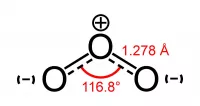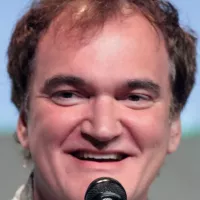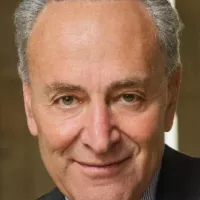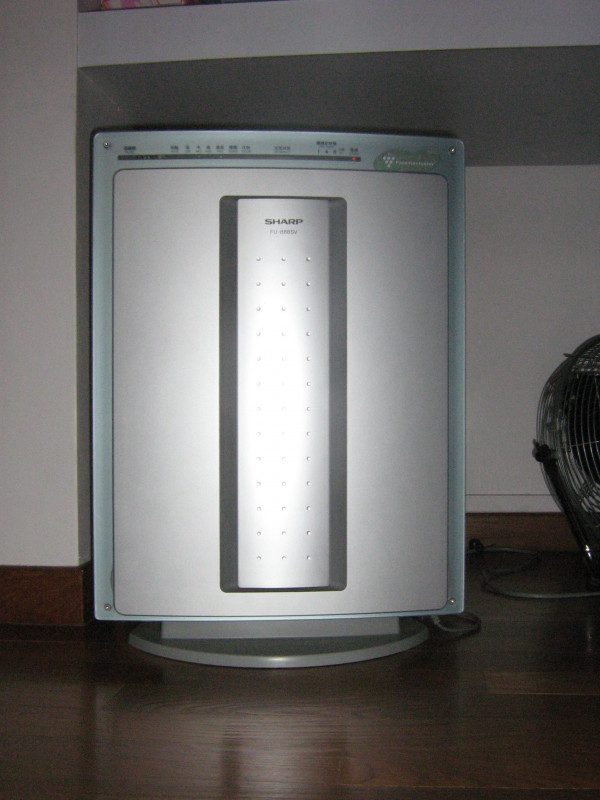Air purifiers are devices designed to enhance indoor air quality by removing contaminants. Marketed particularly towards individuals with allergies and asthma, they aim to alleviate symptoms by filtering out irritants. Air purifiers also target the reduction or elimination of secondhand tobacco smoke, contributing to a healthier living environment.
1963: First Residential HEPA Filter Sold
In 1963, the first residential HEPA filter was reportedly sold by brothers Manfred and Klaus Hammes in Germany, who later founded IQAir corporation.
2005: Common Air Purification Methods
As of 2005, the most common methods for air purification were high-efficiency particulate air (HEPA) filters and ultraviolet germicidal irradiation (UVGI).
September 2007: California Air Resources Board Announced a Ban of Indoor Air Cleaning Devices Which Produce Ozone Above a Legal Limit
In September 2007, the California Air Resources Board announced a ban on indoor air cleaning devices that produce ozone above a legal limit.
2010: California's Ban on High Ozone Air Purifiers Takes Effect
In 2010, California's law banning indoor air cleaning devices that produce excessive ozone took effect, requiring testing and certification.
2015: US Residential Air Purifier Market Size
As of 2015, the United States residential air purifier market was estimated at $2 billion per year.
January 2021: Air Purifier Study on Viral Transmission
In January 2021, a fluid dynamic modelling study suggested that air purifiers in confined spaces could theoretically enhance viral transmission. However, real-life testing showed portable HEPA/UV air filters completely eliminated airborne SARS-CoV-2 in hospital COVID-19 wards.
Mentioned in this timeline
California is a U S state on the Pacific Coast...
Germany officially the Federal Republic of Germany is a Central...

September is the ninth month of the year in the...

Ozone O is a pale blue pungent-smelling inorganic molecule and...
Trending

33 minutes ago Jimmy Kimmel Mocks Trump's Election Meltdown After Democratic Wins on Late Night.
34 minutes ago Ariana Greenblatt's 'Now You See Me' installment: Trailer Released, Box Office Potential

34 minutes ago Maya Hawke shares Uma Thurman's quirky advice about working with Quentin Tarantino: Keep shoes on.
34 minutes ago Zcash surges due to privacy focus and 'Cypherpunk Principles,' boosted by Galaxy report.

5 months ago Sam Leavitt Honors Pat Tillman with Donation to Foundation; Sun Devils Rise
25 days ago John Bolton faces potential indictment as federal prosecutors finalize charges next week.
Popular

Nancy Pelosi is a prominent American politician notably serving as...

Zohran Kwame Mamdani is an American politician currently serving as...

William Franklin Graham III commonly known as Franklin Graham is...

Chuck Schumer is the senior United States Senator from New...
Abigail Spanberger is an American politician who served as the...

Gavin Newsom is an American politician and businessman currently serving...
